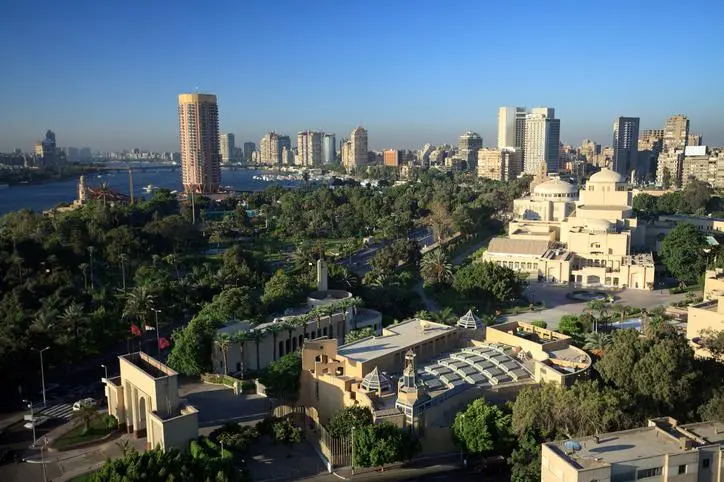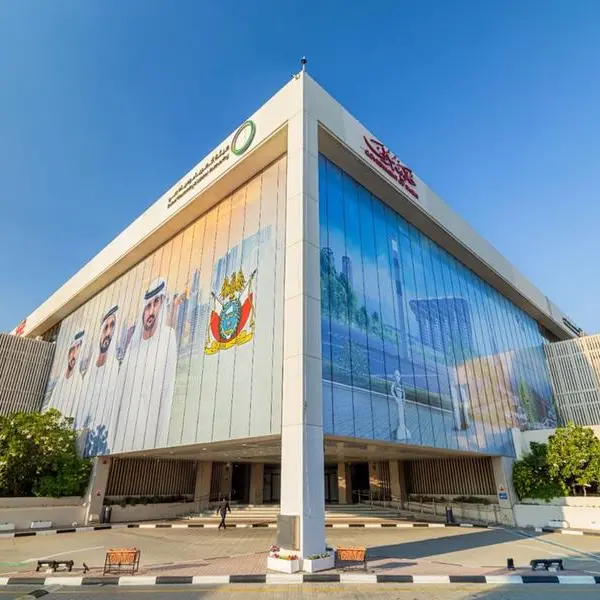PHOTO
Despite gloomy forecasts, Egypt’s remittances have proven resilient to the global pandemic. However, experts contend that this year’s unexpected increase in remittance flow is not necessarily indicative of any long-term stability in the country’s main source of hard currency.
According to the latest figures released by the Central Bank of Egypt, remittances increased in July by 9.4 percent, reaching $ 2.9 billion, compared to $2.6 billion in the same month last year. In April, the CBE also reported that remittances had jumped to 5.2 billion in January and February compared to $3.9 billion during the same two months in 2019.
“The figures released by the CBE show that there has been an increase of 7 percent in remittances until July,” said Mohamed Abu Basha, Head of Macroeconomics Analysis, EFG Hermes. “We were expecting a decline by 15–20 percent in 2020.”
EFG Hermes’s earlier projections were in line with forecasts by the World Bank and the IMF, which expected remittance flows to drop globally by 20 percent from their 2019 level. In June, the IMF expected the global pandemic to deliver a “blow” to remittances “even worse” than during the 2008 financial crisis.
Defying expectations
“The resilience that [Egypt’s] remittances have shown so far is not fully reassuring,” said Abu Basha. “We need to wait and see how the remittance flows will be in the last quarter of 2020 and the first quarter of 2021.”
According to the World Bank Group, in 2018 Egypt was among the world’s five largest recipients of remittances, which constituted nearly 10 percent of the country’s GDP. Experts have offered several explanations for the rise of remittances this year in defiance of expectations.
“Globally, remittances increase in time of crises, [despite] what most people believe,” said Ayman Zohry, Founding President of The Egyptian Society for Migration Studies. “Migrant workers adopt more austere consumption patterns in their host countries so that they can generate more surplus and hence send more money to their families in the time of crises.”
For almost a decade, the remittance flow to Egypt has followed an upward curve, jumping from $7.15 billion in 2010 to $26.79 billion in 2019. The number of Egyptians living abroad increased by 7.8 percent from 9.5 million in 2017 to 10.2 million in 2019, according to Egypt’s Central Agency for Public Mobilization and Statistics. More than 60 percent of Egyptian migrants live in Arab countries, including Saudi Arabia, Jordan, Kuwait, Qatar, Libya and the UAE.
Callee Davis, an economist at NKC African Economics, believes that the surprising increase in remittances could also be driven by the fact that more Egyptian expats are resorting to formal banking channels to send money home amid the current restrictions on international flights. She added that remittances sent through informal channels such as self-carry or in-kind remittances of consumer goods in countries such as Pakistan, the Philippines, Sudan and Egypt are estimated to be at least double the recorded figures.
“If it is the case that Egyptians abroad sent more money back home through the formal banking system in the first half of 2020 due to lockdowns and the banning of international flights, we expect to see a reversal in the usage of formal banking systems in the second half of the year as borders open up,” she added.
Liquidating assets?
For decades, Saudi Arabia has remained the most attractive country for Egyptian migrants. According to the Egyptian Ministry of Foreign Affairs, 3.5 million Egyptians lived in the oil-rich monarchy in 2017. However, most labour analysts subscribe to a more moderate unofficial estimate of 2 million.
In recent years, Saudi Arabia has launched labour policies aimed at reducing the number of foreign workers. These policies are expected to become more salient given the compounded economic impact of the pandemic and the continuous drop in oil prices since 2014. In its July regional economic outlook, the IMF expected the Saudi economy to shrink by 5.4 percent.
Earlier this month, a senior member of the Cairo Commerce Chamber told the local press that at least 200,000 Egyptians have lost their work visas in Saudi Arabia since the pandemic hit.
Abu Basha explained that layoffs in the Gulf could be another reason behind the apparent resilience, as more Egyptian migrants might be liquidating their assets and transferring all their savings and severance packages before their final return home.
The current situation is reminiscent of the sudden spike in remittance flows in the early 1990s, following the return of a substantial number of Egyptian workers from the Arab Gulf countries after the Gulf War. These Egyptian returnees had remitted their savings in the host countries’ banks. Remittances had risen from $3.29 billion in 1989 to $6.1 billion in 1992 before dropping again a year later.
“I believe it will be difficult [for] remittances to increase for the next three to five years,” said Abu Basha. “In the best-case scenarios, remittances can remain steady.”
(Reporting by Noha El Hennawy; editing by Seban Scaria)
Disclaimer: This article is provided for informational purposes only. The content does not provide tax, legal or investment advice or opinion regarding the suitability, value or profitability of any particular security, portfolio or investment strategy. Read our full disclaimer policy here.
© ZAWYA 2020











